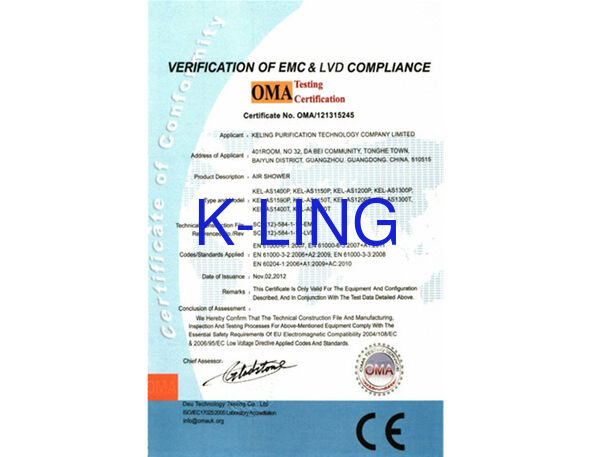Disinfection and sterilization are two different concepts
Sterilization refers to the killing or removal of microorganisms (including bacteria, viruses, etc.) from a substance and has an absolute meaning. That is, the opposite of sterilization is non-sterilization, and there is no intermediate state of more sterilization and less sterilization. In this regard, absolute sterilization is virtually non-existent, as it is difficult to achieve or to achieve indefinitely. Sterilization is a treatment that kills most pathogenic microorganisms or reduces them to a certain level. The fact that some bacteria or viruses are not destroyed in the process because of their resistance to heat or potency has a relative significance; in other words, the disinfectant itself has a certain bactericidal range.
It is not difficult to see that the relative and absolute meanings of disinfection and sterilization are understood differently here from what we usually understand. What we usually call “disinfection” should be precisely “sterilization”.
Comparison of Common Disinfection and Sterilization Methods
Disinfection and sterilization, in terms of mechanism, are no more than four: dry heat method, moist heat method, drug method, electromagnetic radiation method. On the basis of these four basic methods, a variety of disinfection and sterilization methods with different application ranges and application effects have been derived.
1 Common sterilization methods
Commonly used sterilization methods include: high-temperature dry sterilization, high-pressure steam sterilization, gas sterilization, filter sterilization, radiation sterilization and so on.
2 Commonly used sterilization methods
Commonly used disinfection methods include: boiling and atmospheric pressure steam sterilization, low-temperature disinfection, ultraviolet ray irradiation disinfection, pharmaceutical disinfection and so on.

 Your message must be between 20-3,000 characters!
Your message must be between 20-3,000 characters! Please check your E-mail!
Please check your E-mail!  Your message must be between 20-3,000 characters!
Your message must be between 20-3,000 characters! Please check your E-mail!
Please check your E-mail! 

